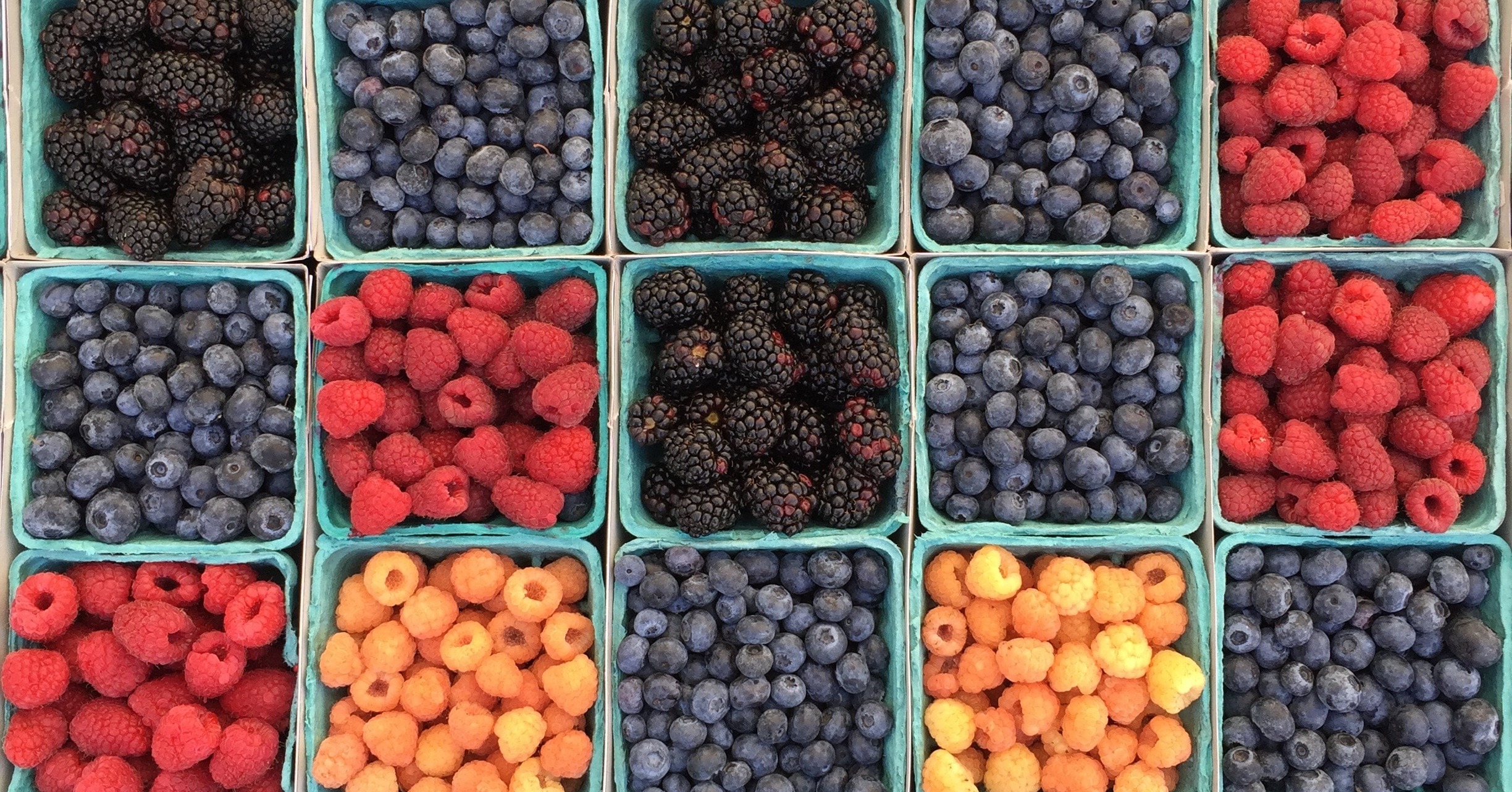SodaStream is back. Except it’s no longer a gadget for making largely unhealthy, brightly coloured, fizzy sugary drinks, like in its 80s heyday, but a healthy and environmentally-conscious alternative to fizzy drink cans found in stores.
How does the fizzy water become cool again?
“SodaStream: water made exciting”, says its new slogan and it looks like we have believed it. Following several years of dwindling sales, a diminishing share price, and being relegated into a cultural wasteland as far as public consciousness was concerned, SodaStream has managed to turn its fortunes around in the last couple of years. Sales are booming in the US, Asia-Pacific, the UK, and the rest of Europe, as a result of a successful re-branding which appears to have tapped successfully into our collective desire to be healthier by staying hydrated.
The sales pitch is simple. You can make a fizzy water drink at home that’s healthy, but much more interesting than plain water. Fizzy water is big news, especially in the US, where the sales value of the market amounted to some 3.14 billion dollars in 2015, and is expected to go up to an estimated 6.04 billion dollars by 2021.
What's new: Bryter visiting EuroCucina, a major kitchen tradeshow in Milan
SodaStream can save the world from plastic
But SodaStream is also being positioned as a ‘green’ brand with another new slogan: “Stop the Bottles – Save the Planet”. On a promotional website, the company provides a counter showing how many plastic bottles “SodaStream has saved the world from” since 2009 – an excess of 8.2 billion bottles at the time of writing this.
I asked an LA-based friend who recently acquired a brand new SodaStream what the appeal was. “I like the taste”, he said. “It’s important to drink a lot of water and I don’t like to drink regular water. Also, it’s good for the environment.”
Being presented as an economical alternative to store-bought drinks is another benefit. Particularly in the UK, as consumer spending shrinks following the Brexit blow to the sterling, the appeal of enjoying a more exciting drink at a lower price seems obvious.
The SodaStream resurgence is not driven by new technology. Instead, the brand is re-imagining an existing product innovatively to tap into a whole new generation of consumers with a very different set of needs. Similar to Polaroid, another failing brand that had gone out of fashion until successfully marketing its cameras to the selfie generation, SodaStream is making a comeback by understanding how changing needs can give a new breath of life to old products.




